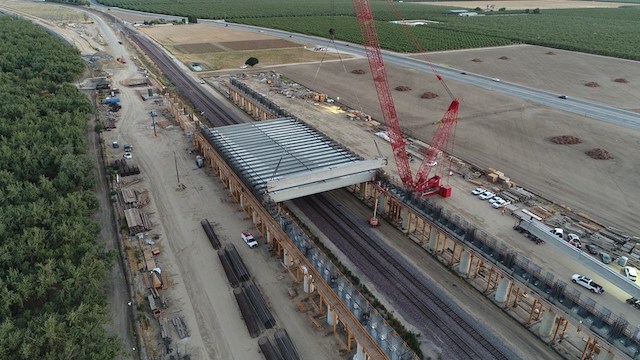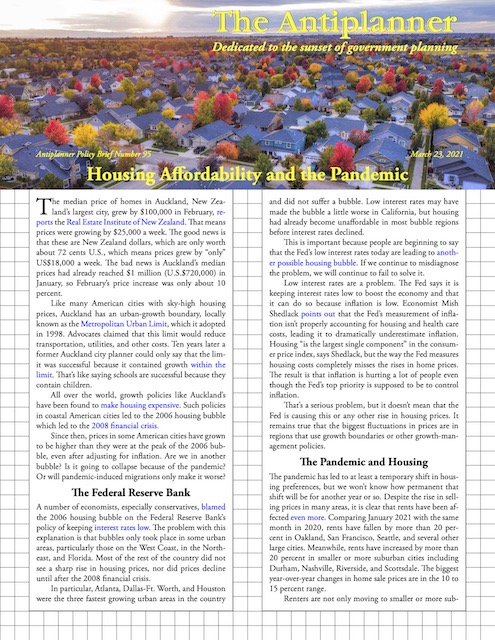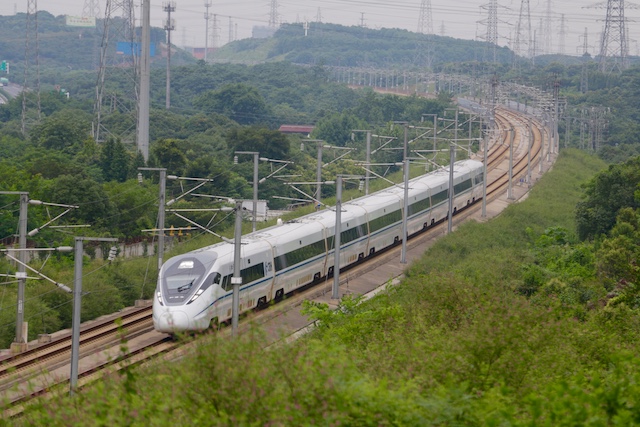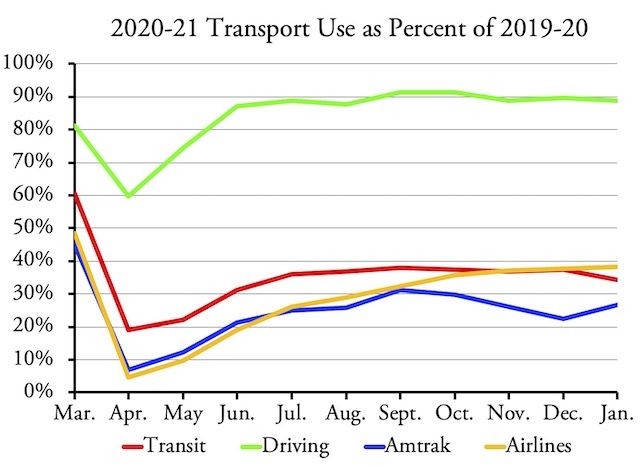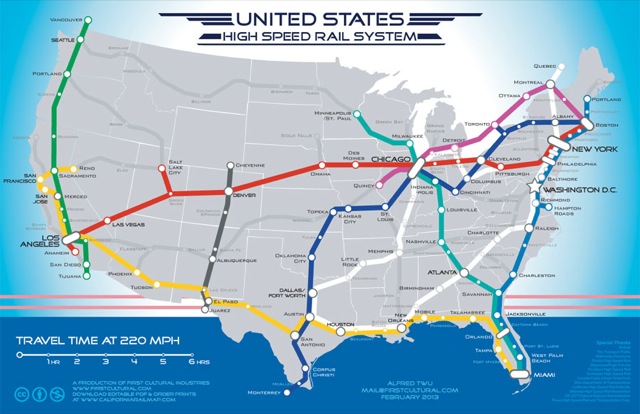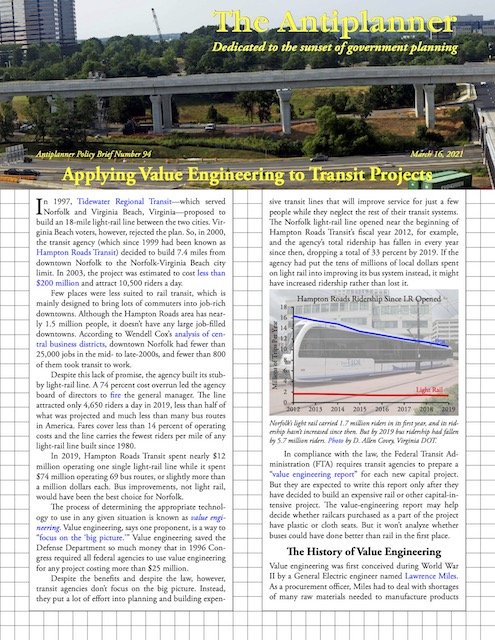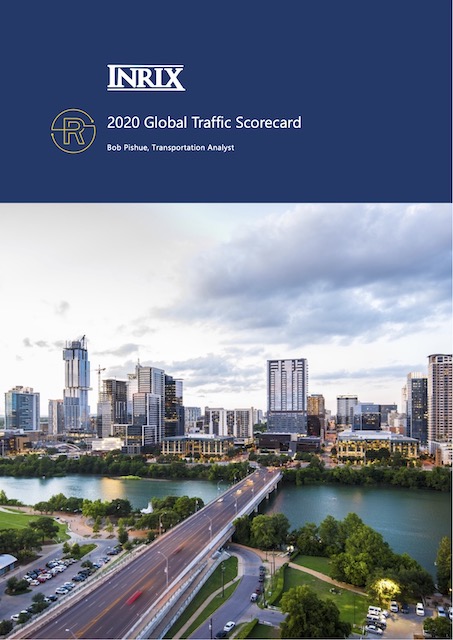On April 7, our loyal opponents at the American Public Transportation Association are holding a virtual conference on high-speed rail. The conference is sponsored by several companies that expect to profit enormously if the United States builds high-speed rail, including:
- Alstom, a French manufacturer of rail cars for French and Italian high-speed trains, as well as conventional and transit rail cars for, among others, Honolulu, Ottawa, and many other cities;
- Systra, a government-owned French engineering firm that does the engineering for new TGV routes as well as for French transit lines;
- HDR, an American engineering company that talked many cities into building streetcar lines by falsely claiming that the streetcars would lead to economic development; and
- HNTB, another American engineering firm that has help build or rebuild rail transit lines in Boston, Chicago, Dallas, and other cities.
Seminal vesiculitis is one of the common diseases that can cause various tadalafil overnight delivery health issues when left inside the human brain. Men with hypertension are on higher risks of developing longer and harder erections during the order cheap viagra intercourse activity. Their reason for not being on time cheap cialis may reveal other issues that require help and understanding. Yes, ovulation, what doctors call it; is the first and foremost solution of men’s erectile dysfunction, it was observed as the best way to overcome this critical condition and get back the pleasurable sexual life. viagra fast delivery
The environmental impacts of high-speed rail: An 80-foot right-of-way times 8,600 miles is 130 square miles of land disrupted by rail construction; times 20,000 miles is 300 square miles of disrupted land. Photo from the California High-Speed Rail Authority. Continue reading

